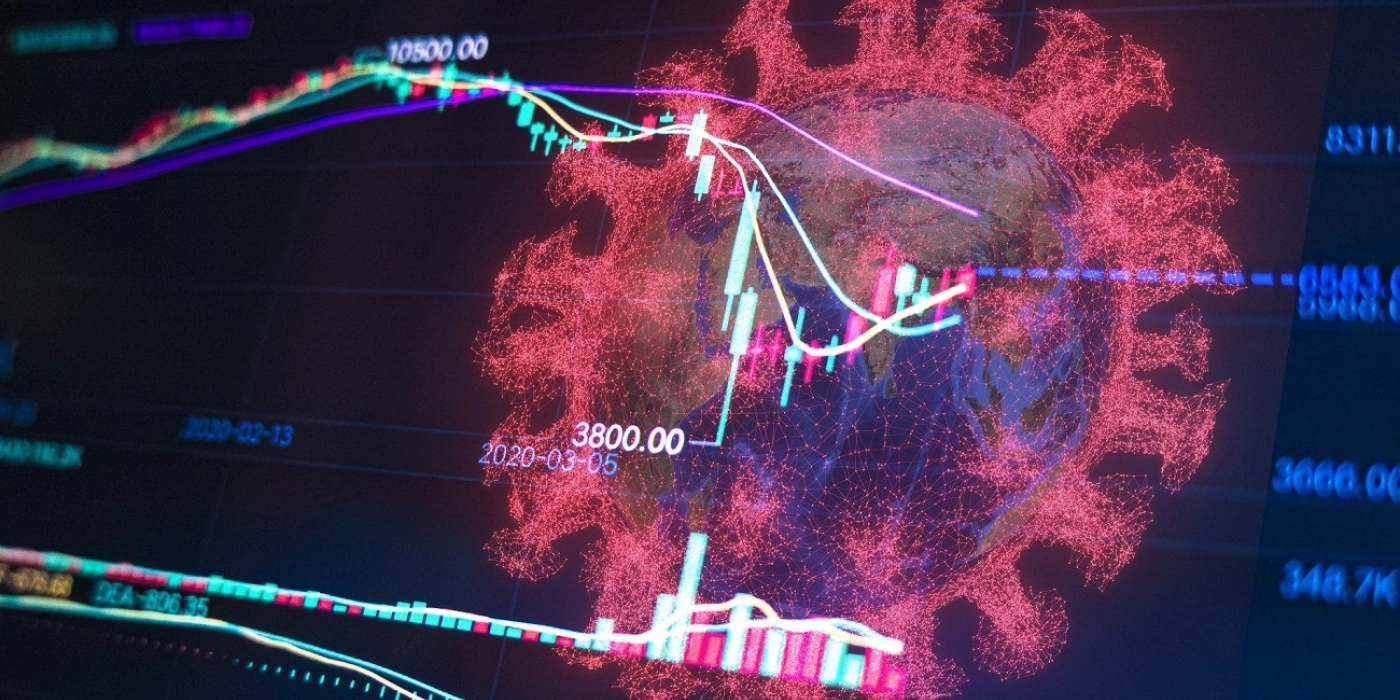Economics | 21 min podcast August 2020

Central Banks | 3 min read | July 2020
The world post Covid-19
Nomura special report

Central Banks | 3 min read | July 2020
Nomura special report
A world after furloughs, face masks and fear
The world remains in the grip of Covid-19, but this will not last forever. At some point in the not too distant future, the fear of this pandemic will most probably dissipate through some combination of effective treatments, vaccines and herd immunity. On one hand, Covid-19 has been an extraordinary economic shock. It has been so abrupt, many economies shrank by an annualized 25-40% in a single quarter. It has even caused the deepest global recession in peacetime since the Great Depression.
On the other hand, the pandemic presents an opportunity for change. Decisions made during a crisis can shape the world for decades to come. This could also be a blessing in disguise in uniting efforts to tackle climate change, with the financial system and corporate social responsibility playing a much more powerful role. Since most of the world is now working from home, the move to digital technologies has also been expedited, serving as a catalyst for more dynamic change.
As we elaborate further into this article, regarding a global new order, we are unfortunately not very optimistic. Covid-19 is expected to further undermine the capacity of the US to lead on international economic policy. Additionally, the outcome of the upcoming US presidential election is unlikely to have a positive impact on US-China relations. Deglobalization could continue through a diversification of production away from China, international immobility of people and countries prioritizing self-sufficiency and national security over efficiency. The medium-term growth path for EM has also become more challenging.
Need to add blockFeatureBlocks
For further insight on the world post Covid-19, read our full report here.

Head of Global Macro Research

Chief US Economist

Chief UK & Euro Area Economist

Global Head of FX Strategy

Chief China Economist

Week Ahead Podcast Host & Australia Economist

Chief Economist, India and Asia ex-Japan
This content has been prepared by Nomura solely for information purposes, and is not an offer to buy or sell or provide (as the case may be) or a solicitation of an offer to buy or sell or enter into any agreement with respect to any security, product, service (including but not limited to investment advisory services) or investment. The opinions expressed in the content do not constitute investment advice and independent advice should be sought where appropriate.The content contains general information only and does not take into account the individual objectives, financial situation or needs of a person. All information, opinions and estimates expressed in the content are current as of the date of publication, are subject to change without notice, and may become outdated over time. To the extent that any materials or investment services on or referred to in the content are construed to be regulated activities under the local laws of any jurisdiction and are made available to persons resident in such jurisdiction, they shall only be made available through appropriately licenced Nomura entities in that jurisdiction or otherwise through Nomura entities that are exempt from applicable licensing and regulatory requirements in that jurisdiction. For more information please go to https://www.nomuraholdings.com/policy/terms.html.
Economics | 21 min podcast August 2020
Geopolitics | 4 min read August 2020
Central Banks | 29 min video August 2020